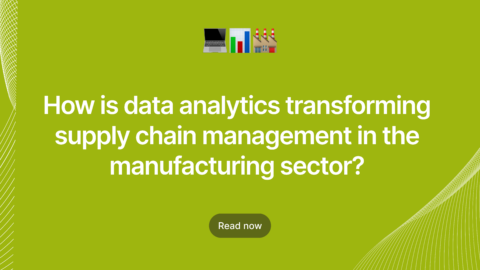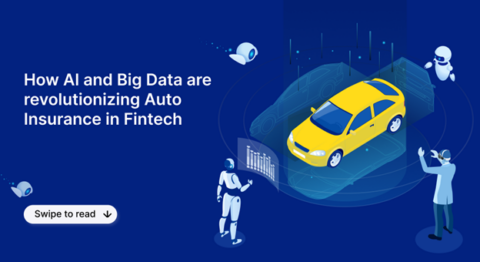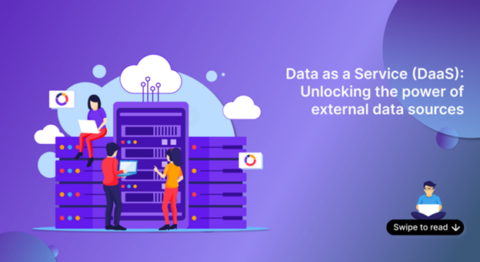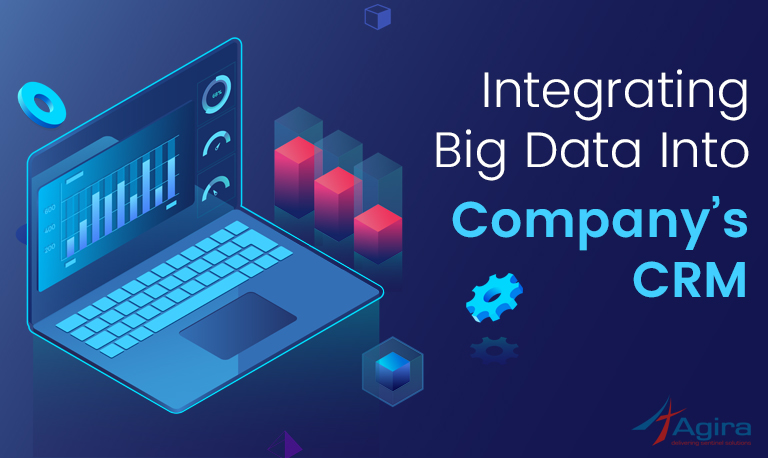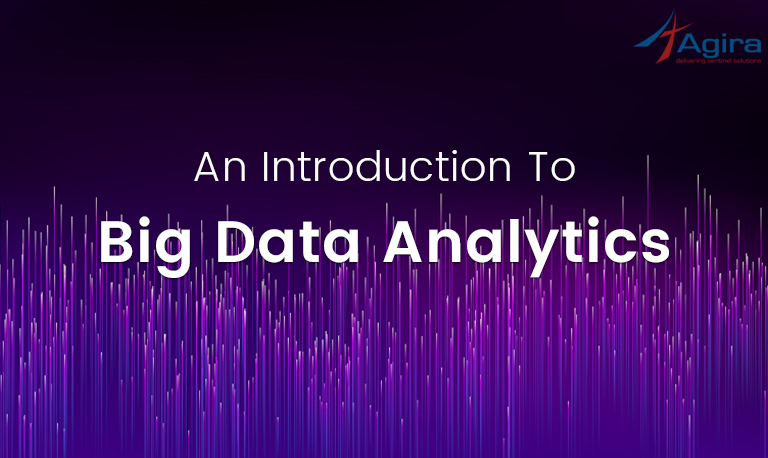
If you were to ask a school kid, “What is data?” he would likely respond, “Data is information that hasn’t been processed yet,” correct? Well, it’s true that our daily lives in this world rely heavily on data. Every conversation we have, every piece of news we share, and every word we utter generates specific data or information. In today’s dynamic digital environment, businesses are constantly adapting to stay competitive in the challenging online world. This adaptation leads to the accumulation of vast amounts of digital data, which they need to process to meet their business requirements.
Did you know? According to the latest estimates, 328.77 million terabytes of data are created each day.
Sometimes, it becomes mandatory to transfer or migrate data from one storage unit to another for various reasons. The reason may be for security reasons, the enlargement of the organization, or the shift to new domains or workspaces. However, it is imperative to transfer data in a safe, secure, and best manner to keep it protected. As an organization, your business data is significant, needs security, and should be handled with great concern. There are different IT service providers around you to help you with your company’s big data handling and execute safe data migration from one system to another without data leaks. In this blog post, we are going to gain an understanding of the different strategies available for seamless data transfer.
Top strategies for seamless data migration
Today, many companies have started to move their data to the cloud. Cloud migration has been a hot tech topic in recent times. Without proper skills, it is not an easy task to do cloud migration. In addition to cloud migration, whether you are upgrading your tech stacks, transferring data from your database, or performing a bulk move from one system to another, there are a few key strategies you need to practice for a secure data transfer.
- Thorough Planning: Start by assessing your data migration needs, which is fundamental for a successful transition. This includes identifying your existing data in terms of volume, format, and location, encompassing databases, files, spreadsheets, and other sources. Additionally, it evaluates data relationships and categorizes data based on its business importance, giving priority to critical data for migration. Take into consideration data retention policies, compliance, and legal regulations that may impact the migration process.
- Develop a Well-Defined Data Migration Strategy: It’s crucial to have a clear strategy in place to ensure a smooth transition, minimize downtime, preserve data integrity, and reduce the risk of errors during migration. Choose an appropriate migration method, such as direct migration, phased migration, or a parallel run, based on factors like data volume, system complexity, and available resources. Establish clear data mapping and transformation guidelines to align data formats between the old legacy system and the new ERP system. Employing a comprehensive strategy will help mitigate disruptions throughout the migration process.
- Data Mapping: Clearly define the structure and relationships of your old data to match the requirements of the new system. A well-defined data mapping process is essential for a successful and accurate data migration, reducing risks and preserving data value in the new system. This step typically occurs during the planning and preparation stages and ensures proper data transformation and integration, maintaining data consistency and integrity. Collaboration between business analysts, data engineers, and subject matter experts from both source and target systems is crucial.
- Backup Your Data Before Migration: Data migration carries inherent risks, including potential loss of critical business assets or mishandling of sensitive data. Therefore, it’s essential to back up your data before initiating the migration. Backup ensures data safety and integrity, enabling quick recovery and a second attempt if necessary. Choose an appropriate backup method based on data volume, type, and systems, ensuring complete and error-free copies stored securely away from the original data and migration environment. Conduct a restoration test to confirm successful data restoration capability.
- Data Cleansing and Conversion: Focus on data quality by eliminating duplicates, outdated, and irrelevant data before migration. If you’re migrating to a system with different standards, assess data transformation needs. Professional data conversion services can assist in managing this process. Execute the migration in phased stages with rigorous testing to minimize disruptions, and maintain the original source data/system during migration, even in the face of data issues.
- Testing and Validation: Regularly test and measure the migration at various stages, using trials to validate assessments, compare with live processes, and evaluate the performance of migrated systems. Create diverse test scenarios that cover different aspects of the new ERP system to ensure data integrity and functionality, with comprehensive end-to-end tests. Continuous testing post-migration is crucial for confirming system functionality, facilitating procedure adaptation and improvement, and informing future migration strategies.
- Data Security: Data security is paramount during data migration to safeguard sensitive information from unauthorized access, data breaches, and corruption. Assess the security measures required for sensitive data during migration and within the new system. Implement appropriate encryption and access controls, including encryption during data transit and at rest, strong passwords, multi-factor authentication (MFA), and role-based access control (RBAC). Additionally, consider masking sensitive data during testing, deploying firewalls for network separation, and verifying the security practices of third-party tools. Employee education on data security, confidentiality, and proper data handling is crucial.
Did you know? As of 2023, 300,000 fresh malware instances are generated daily, 92% distributed through email, with an average of 49 days to be detected.
- Conduct a Post-Migration Review: After completing the data migration, it’s essential to conduct a thorough review to validate its success. Ensure that the data migrated to the new system is accurate, complete, and consistent with the original source. Gather feedback from end-users who interact with the new system to identify usability concerns, challenges, or unexpected issues that may have arisen during the migration process. This post-migration review is critical for ensuring that the new system is fully operational and functions as expected.
Final thoughts
In summary, we can conclude that Data Migration is a crucial process in the constantly evolving business world, with undeniable impacts on operations, efficiency, and data integrity. By following best practices, including meticulous planning, seamless data conversion, thorough testing, and vigilant post-migration review, organizations can ensure successful transitions and fully harness the potential of their data. Utilizing outsourcing services for specific back-office tasks during data migration can help companies streamline the process. Having the appropriate support for tasks like data entry, cleansing, and conversion ensures that the migrated data is of the highest quality, ultimately leading to a more successful and efficient migration.
Is your company loaded with data? Looking for the best data service partner? Be happy; you have landed in the right domain. At Agira Technologies, we have a team of skilled professionals endowed with the best data handling experience and withholding enough expertise to play wise with your organization’s data. Curious to know more about the data services we are offering? Let’s get connected. Come say “Hi”.
Data services at Agiratech
Enterprise Consulting
- Data Integration & Governance
- Data Warehouse Modernization
- AL/ML Consulting & Solutions
Data Engineering
- Cloud Data Architecture
- Cloud Engineering Solutions
- Data Quality Services
Artificial Intelligence & MLOps
- AI Predictive Analytics
- Conversational AI
- Machine Learning and Data Sciences
Data Visualization
- Platform Based Visualization
- PowerBI
- Tableau
- Custom Visualization & Dashboards
- Custom dashboards with ReactJS, HighCharts, D3JS
Want to discuss more on availing our Data services? Come and meet us here.





